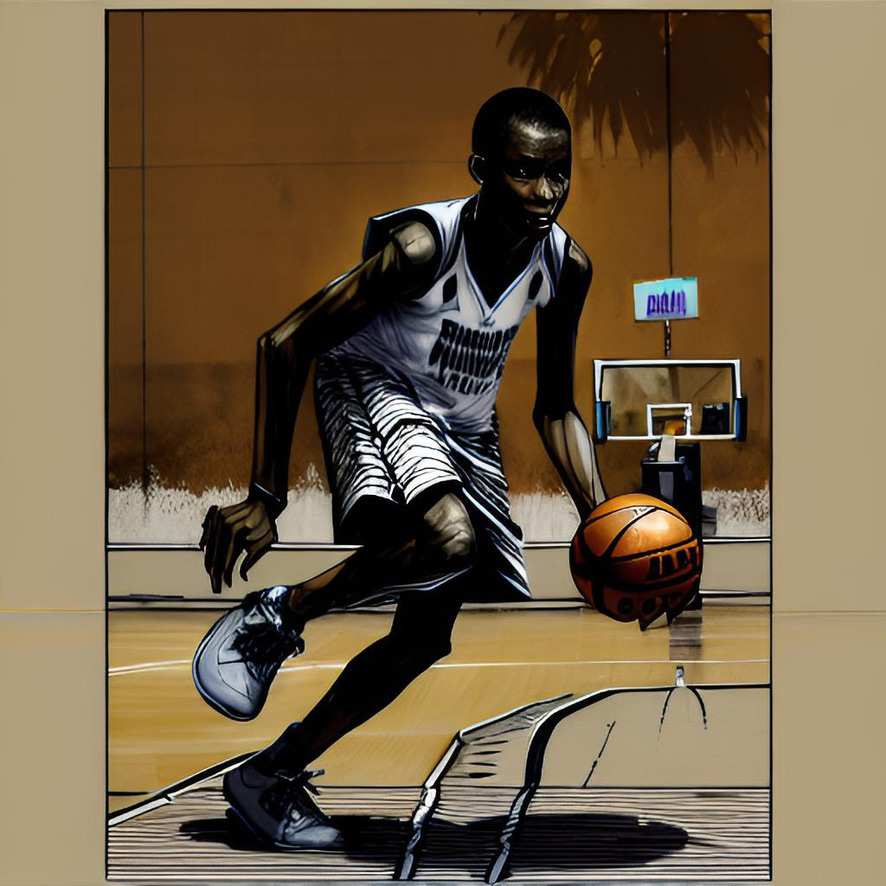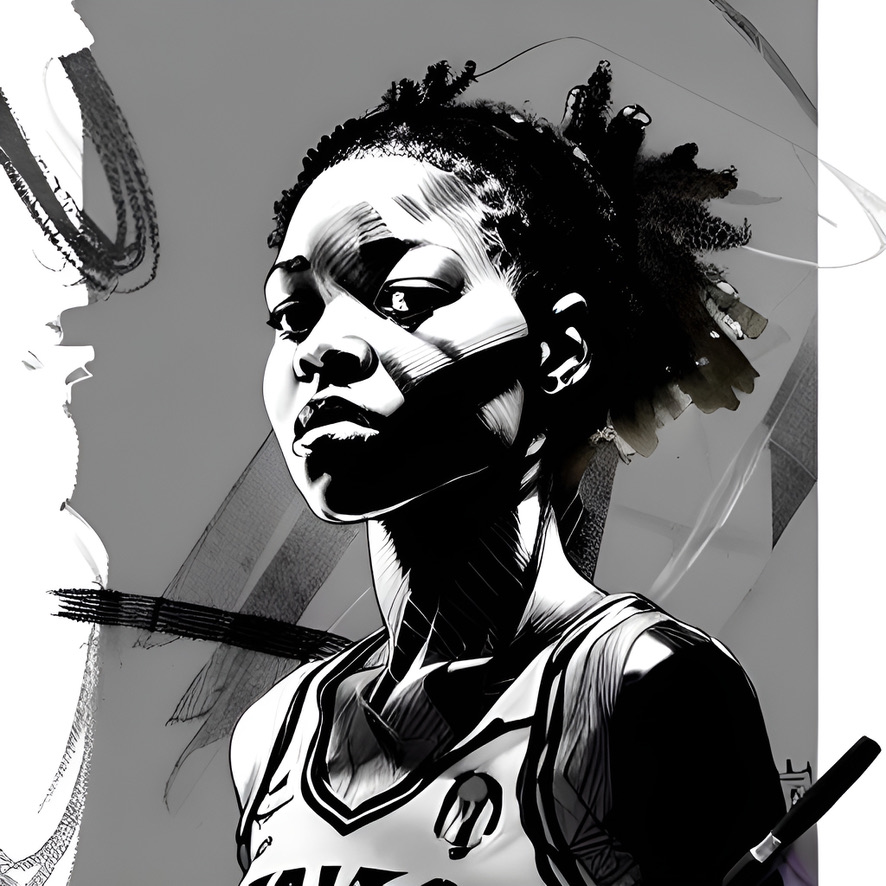The 1-3-1 defense is a defensive strategy commonly used in basketball. It is characterized by the positioning of players on the court, with one defender at the top of the key, three defenders forming a line along the free-throw line extended, and another defender positioned near the basket.
The primary objective of the 1-3-1 defense is to disrupt the opposing team’s offensive flow by applying pressure and creating turnovers. Here is a breakdown of the roles and responsibilities of each player within this defensive formation:
1. Top Defender: The player positioned at the top of the key is responsible for putting pressure on the ball handler. Their goal is to deny easy passes and force the offense into making mistakes. This defender must be quick, agile, and possess good anticipation skills to intercept passes and disrupt the opponent’s offensive sets.
2. Wings: The two defenders on the wings form the second line of defense. They are tasked with covering the passing lanes on the perimeter, preventing skip passes, and closing out on shooters. These players need to be versatile defenders who can guard both perimeter players and interior threats.
3. High Post Defender: Positioned near the free-throw line extended, this player’s role is to cover the high post area. They must be active in denying entry passes into the high post, contesting shots, and providing help defense against dribble penetration. This defender often acts as the key communicator, directing teammates and ensuring defensive rotations are executed effectively.
4. Low Post Defender: Positioned near the basket, this player guards the low post and protects the rim. Their primary responsibility is to prevent easy scoring opportunities inside and challenge shots near the basket. They must be strong, adept at shot blocking, and capable of defending against post moves.
The strength of the 1-3-1 defense lies in its ability to confuse opponents with its shifting and trapping capabilities. It can trap the ball handler near the sidelines or corners, forcing turnovers and creating fast-break opportunities. However, this defense is also susceptible to skilled passing and shooting teams that can exploit gaps in the defense.
Coaches employ the 1-3-1 defense strategically based on their team’s personnel, the opponents’ offensive style, and the game situation. It can be an effective tool to disrupt the flow of the game, create turnovers, and force opponents into unfavorable shot selections when executed well.






